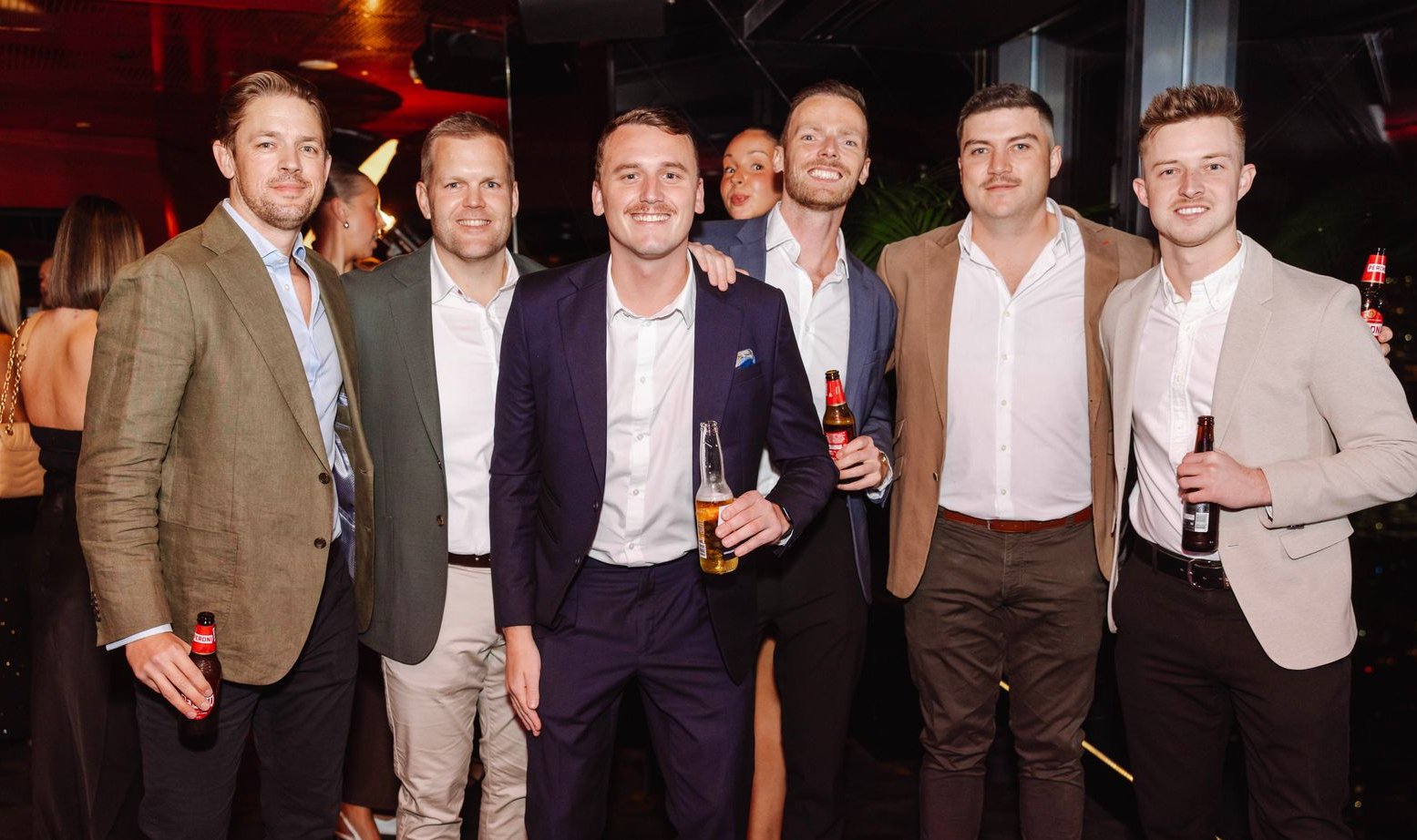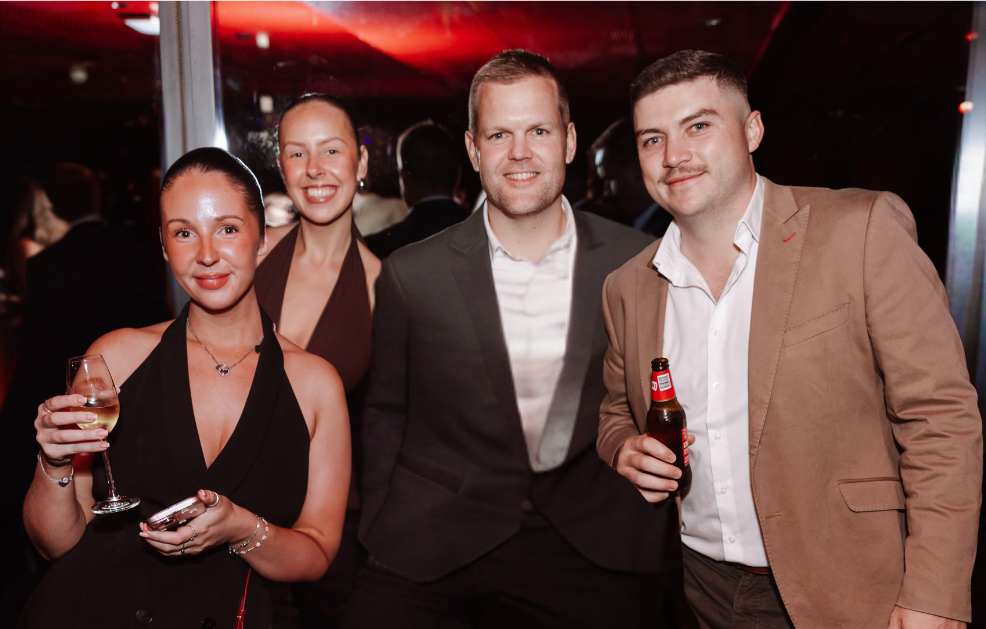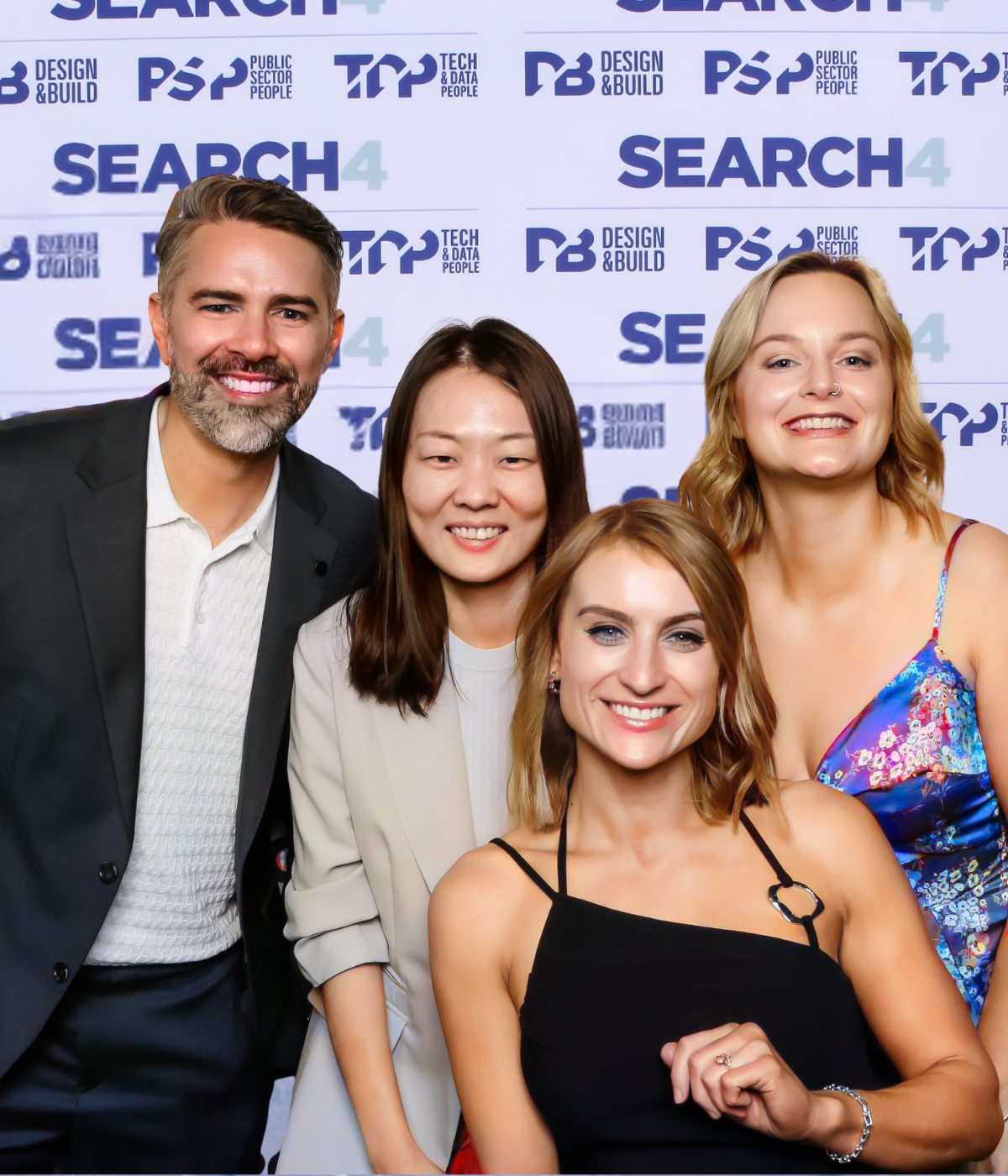By Joao Pedro Marins
•
July 30, 2025
While the Australian national Construction activity rose by 3.5% in 2025, this growth has been uneven, driven by smaller, specialised builds rather than a consistent pipeline of major projects. Traditional commercial and residential construction has slowed under the weight of high interest rates and cautious investment, while sectors like health, education, data infrastructure and renewables continue to receive targeted funding. Geographically, Queensland and Western Australia are showing resilience and opportunity, while other states like New South Wales and Victoria are contending with softer demand and tighter budgets. But what truly defines this moment in the market isn’t just the work; it’s the workforce. The competition for skilled professionals has intensified, and their expectations are more complex than ever. Salary alone won’t guarantee commitment. Employers must now balance flexibility, culture, progression and communication or risk losing their best people to those who do. Backed by one of the country’s most comprehensive workforce datasets, drawn from over 1,600 professionals across Civil, Commercial, Residential Construction and Engineering, our latest Salary Guides reveal a clear message: talent expectations are evolving faster than most employers are prepared for. While project pipelines are still there, the professionals needed to deliver them are increasingly mobile, discerning, and driven by more than just salary. Progression Pathways Are Failing And That’s Fueling Attrition Let’s be blunt: the current rate of internal promotion is undermining workforce stability. Only 13% of professionals in Commercial Construction and 15% in Residential were promoted in the past year. In Civil, even with its experienced workforce, only 29% have progressed internally at all. This stagnation is fuelling turnover with 8 in 10 professionals across Construction & Engineering open to a move. When talent feels that growth is tied to changing employers, loyalty erodes, and your investment in onboarding, development, and culture walks out the door. What you should be doing now: Formalise internal career frameworks with visible pathways. Communicate these pathways early — especially during onboarding. Recognise lateral progression too: title clarity and scope expansion matter. Structured development doesn’t just retain talent, but also motivates them. And in a market where everyone is hiring, motivation is currency. Pay Matters, But Clarity Matters More Pay rises occurred across the board — 47% of Commercial and Civil professionals received one last year. But here's the issue: most people still feel underpaid. In fact, more than half of all surveyed professionals either think they’re below market or aren’t sure at all. This perception gap is dangerous. It creates mistrust, fuels passive job searches, and positions your competitors to swoop in with seemingly small salary bumps that feel significantly more appreciated. Recommendations: Benchmark salaries regularly, and share ranges internally. Clarify how pay decisions are made — don’t let the process feel opaque. Don’t rely solely on your base salary. Bonuses, even small ones, signal performance recognition. Our data shows that between 29% and 43% of professionals across these sectors expect a raise in FY25/26, but nearly half are unsure . That uncertainty is your opportunity to lead with transparency and honest communication. Flexibility is Slowly Gaining Ground Across every sector surveyed, the message was the same: professionals are craving flexibility, even in environments where on-site work is a core requirement. While most construction roles still require a strong physical presence, nearly a third of professionals now expect at least some hybrid option — and that includes engineers, supervisors, estimators and planners. Yet only: 26% of Civil professionals report having hybrid work access 32% of Residential and Engineering respondents have hybrid roles. 23% of Commercial Construction professionals are hybrid Interestingly, the Energy & Infrastructure sector appears to be leading the way, with 51% of its workforce reporting access to hybrid arrangements. This reflects an industry that has embraced the operational and wellbeing benefits of flexibility, especially for design, planning, and project management functions. It’s a clear example of how even traditionally site-heavy industries can find a workable balance that supports both performance and lifestyle. What you should be doing now: Introduce partial flexibility for admin or coordination roles. Offer adjusted rosters or start times — even small tweaks matter. Promote flexibility as part of your EVP. If you’re offering it but not advertising it, you're missing candidates. This is no longer about location. It’s about trust, lifestyle, and how you show you care. Retention Starts With Listening In Civil, Commercial, and Engineering sectors, salary still leads, but around 20% of professionals say flexibility is their next priority when considering a career move. For these sectors, the ability to work hybrid or adjust schedules is becoming just as important as compensation. Most professionals want practical benefits like health insurance, flexibility, and mental health support — but many are still only offered outdated perks. Aligning your benefits with what people truly value can be the difference between keeping talent and losing it. Recruitment Strategy Can’t Be Transactional Anymore With only 19% of Commercial professionals moving via internal promotion, the majority of career moves are happening externally. This is where recruitment partners make the difference. The best recruiters are tapping into passive talent, professionals who aren’t actively looking but will move for the right opportunity. They know who’s quietly open to change, what motivates them, and how to engage them before your competitors do. If you’re relying solely on job ads and inbound applications, you’re missing the majority of the market. Final Thoughts The good news? There’s no shortage of work. Investment is still flowing. Projects are still moving. But the industry is at an inflection point. The difference between businesses that thrive and those that stall won’t be about contracts won; it’ll be about talent kept. At Design & Build, we’ve supported this industry for 20 years, and what’s clear is that those who invest in their people, adapt to the market, and treat talent as a long-term asset always come out ahead. If you’d like to unpack what these findings mean for your workforce strategy, reach out. We’re ready to help. Click here to check all our Salary Guides for 2025-26. Andrew McGregor Managing Director, Design & Build Recruitment





